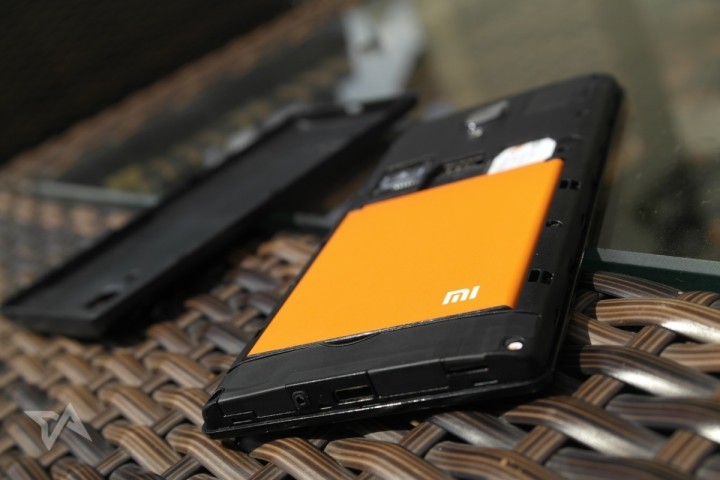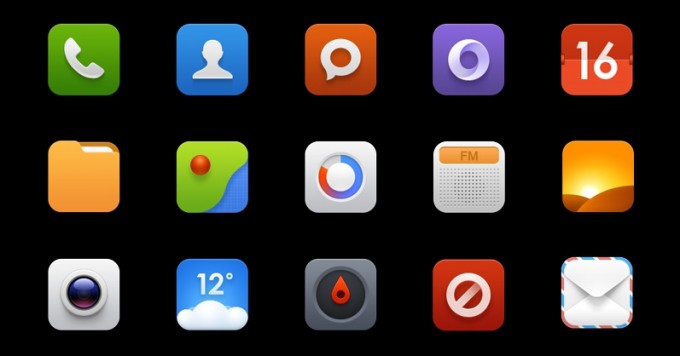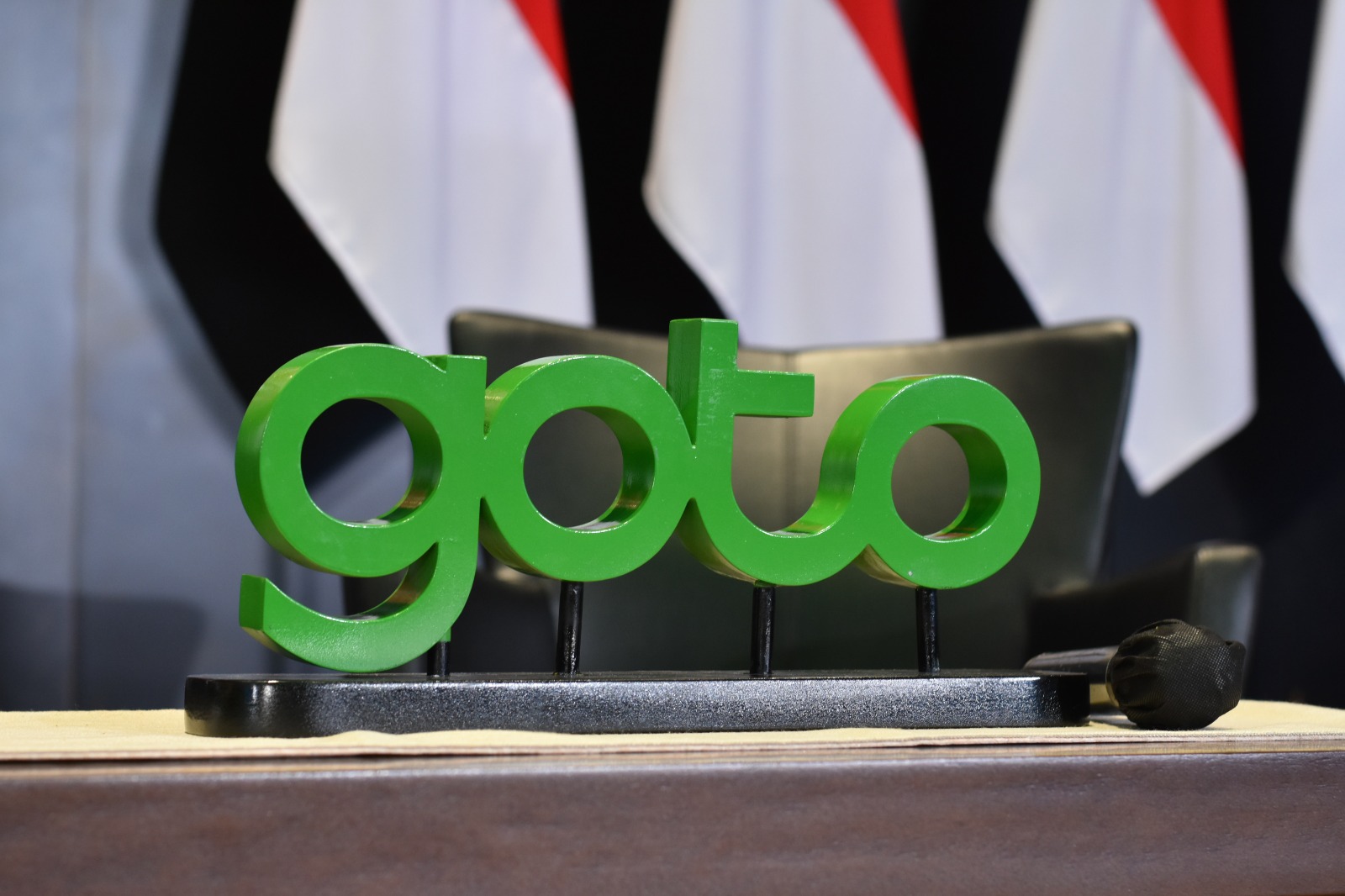Xiaomi reports monthly revenues of $4.9 million from its MIUI Android ecosystem

It seems as though the tech industry’s Christmas gift this holiday season is the gift of no-bullshit metrics.
Today Xiaomi, up-and-coming Chinese smartphone revealed two important figures that serve as the strongest benchmarks to assess its domestic success.
First, in a post on Xiaomi’s excellent official blog (hat-tip Marbridge Daily), the company revealed that its Android-based MIUI software has over 30 million users. This includes Xiaomi phone buyers as well as those who have installed the software on their Android phones as a ROM. The company points out that this means that one in every 48 people in China have MIUI installed on their devices, if you assume that China has a population of 1.4 billion people – a subject that’s best suited for other blogs.
Second, and more importantly, the company states that it receives over RMB 30 million (about $4.9 million) in monthly revenue from apps, games, and theme customizations installed on MIUI.
Why is this number so significant? Because these apps and services are a core component of Xiaomi’s profits. The company sells its devices at near-production cost as a means to put its software ecosystem in consumers’ hands, while also selling a wide range of accessories.
The now-trademark flash sales which have helped Xiaomi attract international attention serve as great marketing. They are also central to its production strategy, in which it only produces what it intends to sell. But unless Xiaomi consumers buy Xiaomi’s software, the number of Xiaomi devices in peoples’ hands (never mind the speed at which the phones reach them) is largely irrelevant.
Currently, Xiaomi’s ecosystem in China consists of a theme store, an app store, a book store, a games center cloud storage services, a messaging app, and a browser. In the blog post, Xiaomi representative Hong Feng states that next year the company will “improve the integration between its smart devices and real-life services.”

With this in mind, Xiaomi faces two tests when it expands abroad, one major and one minor.
The first test will simply see whether or not the company can successfully sell its phones to consumers. This ought to be easy – as long as it can effectively communicate to consumers that it sells top-end hardware at bargain-bin prices, it should have no trouble moving units (assuming other firms don’t successfully squeeze it out by employing the same strategy).
The second, more difficult test will see whether or not the company can earn revenues abroad from its software offerings. This will require an extensive network of dedicated developers from around the world that are willing to create products tailor-made for MIUI. These apps and services must also exceed those that Google already offers in the Google Play store, which only offers free apps and is partially blocked in China (like many other Google services). Fostering this community could prove to be challenging (though there are certainly plenty of dedicated MIUI developers in China – Xiaomi says “tens of thousands” in the blog post).
Xiaomi is on track to sell 20 million smartphones for the year 2013, aiming for total revenues of over $5 billion. In 2012 the company sold over 7 million phones, and earned over $2 billion in annual revenue.
(Editing by Steven Millward)
Recommended reads
 Cold chain turns TreeDots’ 2023 red hot
Cold chain turns TreeDots’ 2023 red hot Chips don’t lie: Did China’s latest AI just beat the US?
Chips don’t lie: Did China’s latest AI just beat the US? Xiaomi jots down 50,000 orders in 30 minutes in maiden EV’s launch
Xiaomi jots down 50,000 orders in 30 minutes in maiden EV’s launch Apple CEO Tim Cook to visit Indonesia for potential investments
Apple CEO Tim Cook to visit Indonesia for potential investments GoTo to divest Tokopedia’s logistics unit in Q2 2024
GoTo to divest Tokopedia’s logistics unit in Q2 2024 Chipmaker TSMC boosts US investment to $65b with $6.6b grant
Chipmaker TSMC boosts US investment to $65b with $6.6b grant Apple to invest $250m in expanding Singapore campus for AI roles, others
Apple to invest $250m in expanding Singapore campus for AI roles, others ByteDance’s ChatGPT-like bot now leading in China
ByteDance’s ChatGPT-like bot now leading in China Apple to ramp up investment in Vietnam
Apple to ramp up investment in Vietnam Elon Musk’s xAI on track for $18b valuation with upcoming fundraise: report
Elon Musk’s xAI on track for $18b valuation with upcoming fundraise: report









